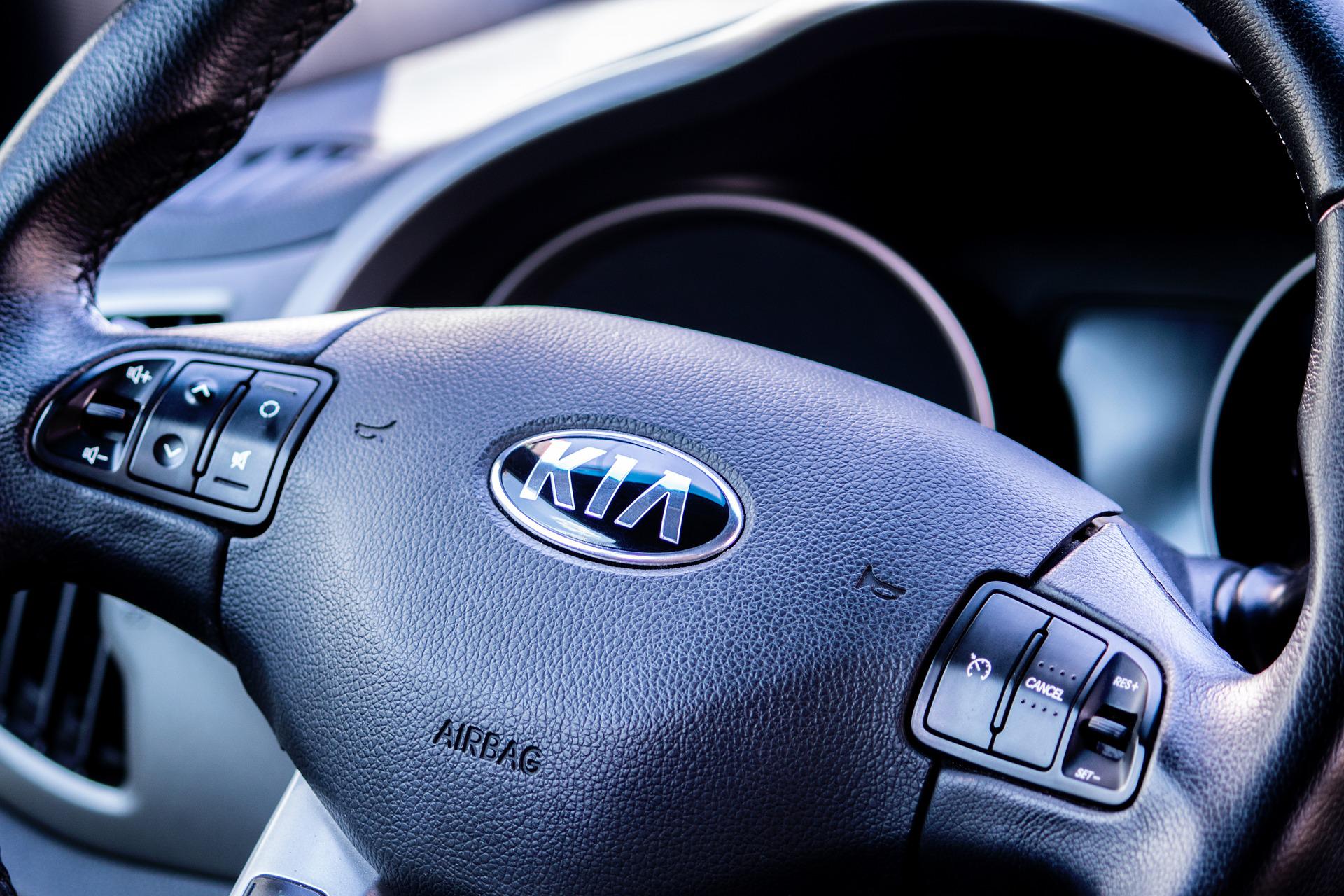
An overheating engine can suffer serious damage. One of the main causes of a rising engine temperature is a failure in the radiator. If the radiator fails, like your Kia dealer,r we can easily perform a radiator repair for you. These are several of the signs that you have a radiator problem that needs to be fixed.
Jammed Thermostat
Coolant is released into your engine when the engine temperature reaches a preset level. This level can vary, but it’s generally around 185 F. Coolant is a mix of antifreeze and water, and it absorbs heat. Your engine generates a vast amount of heat that radiates throughout it. This heat is safely absorbed and taken to the radiator, where it’s removed by heat exchange.
The release of coolant is governed by a small component called the thermostat. It monitors your engine temperature and releases coolant at the preset temperature. Once your engine temperature drops below the preset level, the coolant supply will be shut off until it’s needed again. A thermostat can wear out and jam. If the thermostat jams closed, it won’t release any coolant. Your engine will grow hotter and overheat.
Clogged Radiator
Coolant pumped through your engine absorbs other things besides heat. It will absorb rust, dirt, and other debris. These substances are also carried to the radiator. Coolant flows into the radiator from the top and is drawn out at the bottom of the radiator. The debris collected is left behind at the bottom of the radiator.
As the accumulation in the radiator continues, it can start to block the radiator. Debris can also clog the cooling fins and the radiator hoses. The greater the blockage in your cooling system, the less efficiently your cooling system will work. The engine temperature will slowly increase, and as it does, it can damage your engine. We can flush your radiator and fill it with new coolant.
Blown Thermal Switch
The cooling system works very efficiently when your car is moving, as it depends on a steady flow of air across the radiator tubes to remove the heat. Hot air radiating from the coolant is blown away by inrushing cooler air through the radiator grille. If you are running, but your car isn’t moving, the cooling system won’t have enough airflow to remove the heat.
When your engine idles, and the engine temperature goes up, a fan at the back of the radiator switches on. The fan blows across the tubes from behind and blows the hot air in the tubes out of the radiator. The fan is controlled by the thermal switch. This switch automatically activates the fan when your engine models. If this switch fails, the fan won’t switch on. Our technicians can test the switch and replace it.
High engine temperatures can damage seals and gaskets and eventually other engine parts. If you experience any radiator problem, call us ASAP at Mike Kelly Kia.
Image via Pixabay


 Warranties include 10-year/100,000-mile powertrain and 5-year/60,000-mile basic. All warranties and roadside assistance are limited. See retailer for warranty details.
Warranties include 10-year/100,000-mile powertrain and 5-year/60,000-mile basic. All warranties and roadside assistance are limited. See retailer for warranty details.